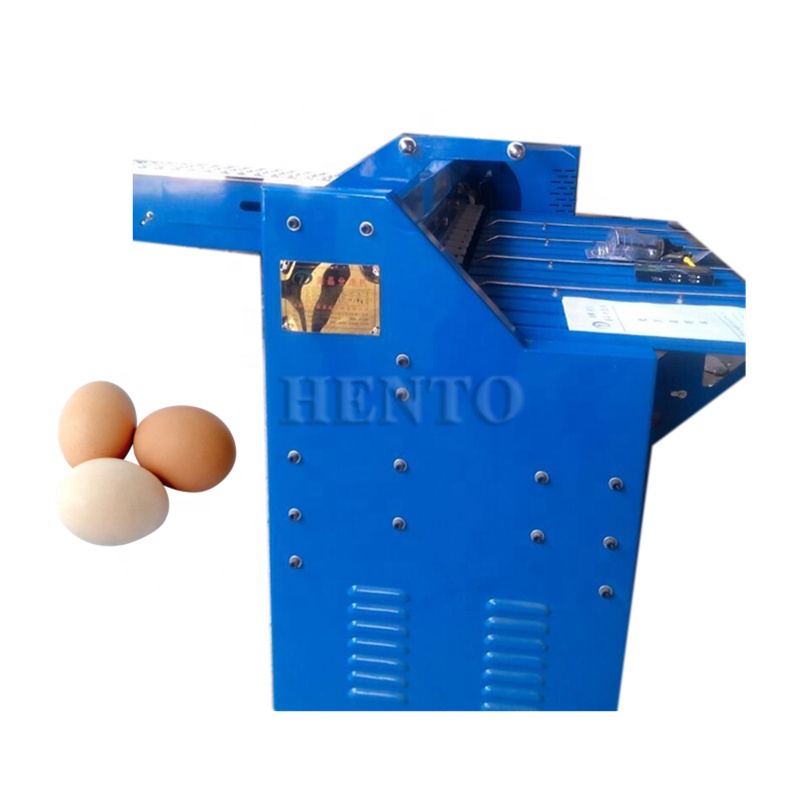Efficient Technologies for Producing High-Quality Livestock Feed Pellets for Optimal Animal Nutrition
Jul . 20, 2024 10:44 Back to list
Efficient Technologies for Producing High-Quality Livestock Feed Pellets for Optimal Animal Nutrition
The Importance of Livestock Feed Pellet Machines in Modern Agriculture
In the realm of modern agriculture, the efficiency of livestock production is heavily influenced by the quality and availability of feed. Among various methods of feed production, the use of livestock feed pellet machines has gained significant attention due to their numerous advantages. These machines are essential for converting raw feed ingredients into pellets that are easier to handle, store, and feed to livestock. This article explores the benefits, functioning, and significance of livestock feed pellet machines in enhancing the agricultural landscape.
Advantages of Feed Pellets
1. Nutritional Efficiency Pellets can significantly improve nutrient absorption by livestock. The pelleting process involves grinding the feed particles and compressing them into a smaller, uniform size, which increases the surface area available for digestion. This means that livestock can more effectively convert feed into energy and growth.
2. Reduction of Waste Traditional feed forms, such as grains and loose ingredients, often lead to considerable waste as animals may not consume all of it. Feed pellets, however, are more palatable and less prone to spillage, leading to reduced feed wastage. This not only improves feed efficiency but also contributes to cost savings for farmers.
3. Enhanced Storage and Transport Pellets are easier to store and transport compared to bulk feed. Their compact size and uniform shape facilitate stacking and bulk storage, minimizing the space required. Moreover, these pellets are less likely to be affected by moisture, helping to prolong their shelf life.
4. Hygiene and Safety The pelleting process typically involves heating, which helps to eliminate potential pathogens and molds that could otherwise pose risks to livestock health. This added layer of safety is critical in maintaining herd health and improving overall productivity.
How Feed Pellet Machines Work
livestock feed pellet machine

The operation of a livestock feed pellet machine involves several key steps. Initially, the raw feed ingredients—such as grains, protein meals, and additives—are ground into a fine powder to ensure uniformity. This ground material is then conditioned with steam or water, which enhances the binding properties of the ingredients.
Once conditioned, the mixture is fed into a pellet mill where it is forced through a die under high pressure and temperature. This process forms the feed into cylindrical pellets. After pelleting, the pellets may undergo cooling to harden them and to reduce moisture content, ensuring that they remain intact during storage.
The Role in Sustainable Agriculture
As societies strive for sustainability, the livestock feed pellet machine emerges as a vital tool in promoting responsible farming practices. By maximizing feed efficiency and minimizing waste, these machines contribute to reduced environmental impact and lower resource consumption. This is particularly important in an era where concerns over food security and environmental sustainability are paramount.
Moreover, the ability to diversify feed formulations with various nutrients enables farmers to tailor diets to meet specific growth requirements, enhancing the health and productivity of livestock. This adaptability is crucial in combating the challenges posed by climate change and fluctuating feed prices.
Conclusion
Livestock feed pellet machines are indispensable in modern agricultural practices, combining efficiency, nutritional benefits, and sustainability. As the demand for animal products continues to rise, the role of these machines in optimizing feed production and enhancing livestock health will only become more pronounced. Embracing technological advancements in feed production not only benefits farmers but also contributes to the broader goal of sustainable agriculture, ensuring food security for future generations.
-
Hot Sale 24 & 18 Door Rabbit Cages - Premium Breeding Solutions
NewsJul.25,2025
-
Automatic Feeding Line System Pan Feeder Nipple Drinker - Anping County Yize Metal Products Co., Ltd.
NewsJul.21,2025
-
Automatic Feeding Line System Pan Feeder Nipple Drinker - Anping County Yize Metal Products Co., Ltd.
NewsJul.21,2025
-
Automatic Feeding Line System - Anping Yize | Precision & Nipple
NewsJul.21,2025
-
Automatic Feeding Line System - Anping Yize | Precision & Nipple
NewsJul.21,2025
-
Automatic Feeding Line System-Anping County Yize Metal Products Co., Ltd.|Efficient Feed Distribution&Customized Animal Farming Solutions
NewsJul.21,2025






